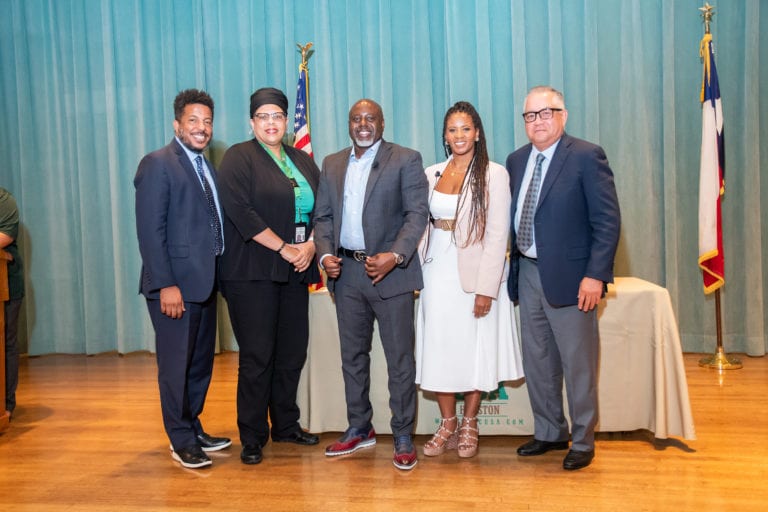
The Texas DOT has unveiled an $8 billion plan this week that would revamp Interstate 35 through Austin and alleviate traffic congestion through the capital city, according to the Austin American-Statesman.
The project would see the addition of two sections of managed lanes in each direction on I-35 — one 12 miles and the other 16 miles. The TxDOT also plans on eliminating an I-35 bridge section through downtown Austin and adding two levels of tunnels, which would include five standard lanes above two managed lanes and frontage roads at ground level.
The TxDOT introduced the plan at a meeting of the regional Capital Area Metropolitan Planning Organization, which represents six counties in the Austin metro. The agency has pledged $400,000 toward the project and has added the overhaul to its regional transportation plan. TxDOT officials said the project is in the early stages and could change as the agency proceeds with engineering and gathers input from the public.
News of the massive expansion first emerged in 2017. At the time, the TxDOT said the environmental study would cost $20 million and be complete sometime this year.
The TxDOT is relatively aggressive in spending money on needed surface transportation projects in order to keep traffic flowing smoothly throughout the state.
The final stage of a $1.2 billion beltway around Houston is currently underway and, with Ferrovial Agroman, Webber and Granite Construction as main contractors, the project should be complete in 2022.
And just this week, the TxDOT recommended a 33-mile, $2.6 billion bypass alignment for US 380 in Collin County, Texas, which is part of the Dallas-Fort Worth metro area. The project, if approved, according to the Community Impact Newspaper, would begin in six to 10 years and could take as long as 20 years to build.
As the U.S. debates immigration and construction of new border wall infrastructure along the country’s southern border, the TxDOT recently launched its own border-related initiative — a 25-year plan to improve trade and travel between the U.S. and Mexico, The Monitor reported. The agency will lead several regional planning groups in the next 18 months to develop a set of infrastructure priorities — including those on the Mexico side of the border — and said it will study all 28 points of entry plus any other corridors or policies that impact movement between the two countries.
The three-stage program would see smaller projects completed in one to five years; medium projects in six to 10 years; and longer-term projects with a timeline of more than 11 years to finish.
Source: Construction Dive







